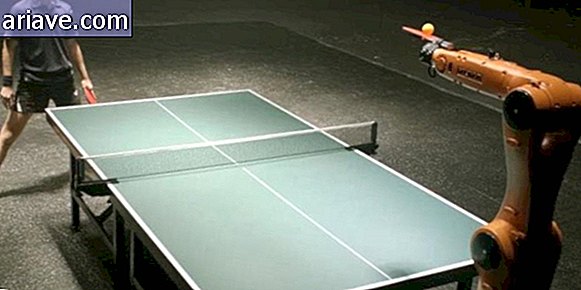Scientists create 3D printer corneas to reduce transplant queues
A team of British researchers is running a project that could, in the not too distant future, significantly shorten the lines for corneal transplantation. Using a relatively simple bioprinting method, scientists at the Institute of Genetic Medicine at the University of Newcastle, England, were able to create a “biotint” that, used on a 3D printer, can easily reproduce in just 10 minutes the shape of a human cornea.
The research, led by Professor Che Connon, an expert in human tissue engineering, combined stem cells from a healthy cornea with collagen and alginate (a type of sugar used in skin regeneration therapies) to try to reproduce the human cornea in the most effective way. faithful as possible. According to the professor, the result was a "gel that keeps the stem cells alive and at the same time has the ideal texture, being rigid enough to maintain the desired shape and flexible enough to go through the 3D printing process perfectly."

Around 10 million people around the world are at risk of losing their eyesight due to corneal problems - a thin, transparent, very delicate membrane that protects their eyes from dirt and bacteria and helps to shape the retinal image with focus and sharpness. Usually associated with infections, corneal blindness is the third leading cause of vision loss, behind cataracts and glaucoma - and those waiting for a transplant suffer from organ shortages.
The artificial cornea developed at the University of Newcastle has yet to go through a series of tests before being manufactured to scale, but it is certainly a hope and a step forward in using 3D printing technology for medical advancement. .
Scientists create 3D printer corneas to reduce transplant queues via TecMundo











